How to Choose the Right Jaw Plates for Your Crusher
Selecting the correct jaw plates for your crusher is crucial for optimizing efficiency, reducing operational costs, and ensuring long-term performance. With several types of jaw plates, materials that they can be made of, and whole bunch of other factors to consider, it’s important to make an informed choice based on your specific application. In this guide, we’ll walk you through everything you need to know to select the best jaw plates for your crusher.
What are Jaw Plates?
Jaw plates are the primary wear parts in a jaw crusher, responsible for breaking down material. They are made of two metal plates—one stationary and one movable—that press together to crush rock, aggregate, or other materials. The shape, material, and design of jaw plates can significantly affect crushing performance.

Why Does Choosing the Right Jaw Plates Matter?
The type of jaw plates your crusher uses directly impacts the machine’s operational efficiency, wear rates, and material output quality. The wrong choice can lead to lower performance, lower tons per hour, faster wear, and higher replacement costs. By selecting the right jaw plates, you maximize the crusher’s lifespan, reduce downtime, and achieve the desired material size and shape.
Check out our blog to find out what things can affect the output rate of your crusher.
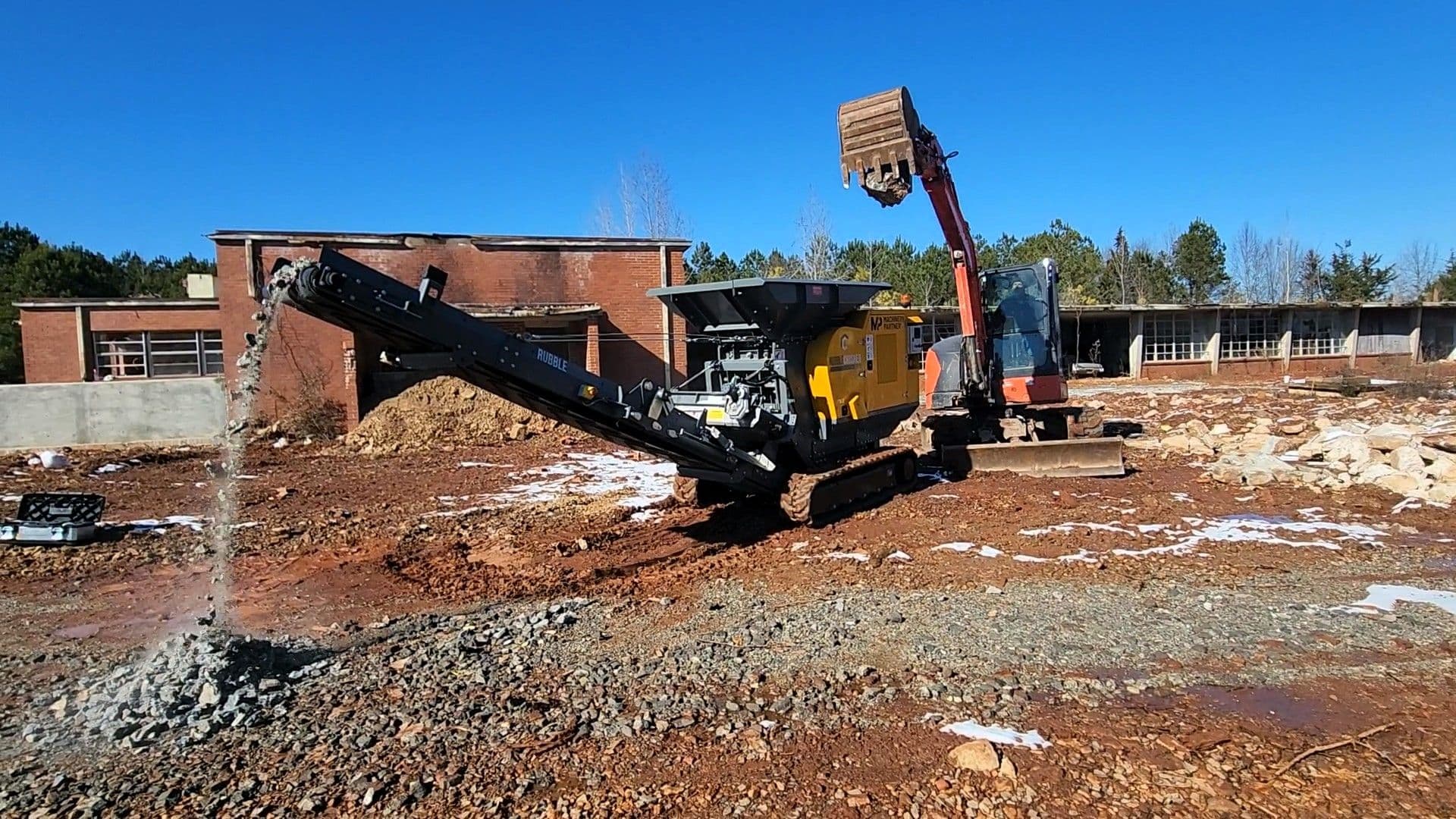
Factors to Consider When Choosing Jaw Plates
1. What Material are you Crushing
The type of material you’re crushing determines the jaw plate's wear, durability, and design requirements.
- Hard and Abrasive Materials (e.g., granite, quartz): Opt for jaw plates made from high manganese steel or medium-carbon-low-alloy cast steel for superior wear resistance.
- Soft Aggregates and Concrete (e.g., asphalt): Medium manganese steel works well due to its self-hardening properties during impact.
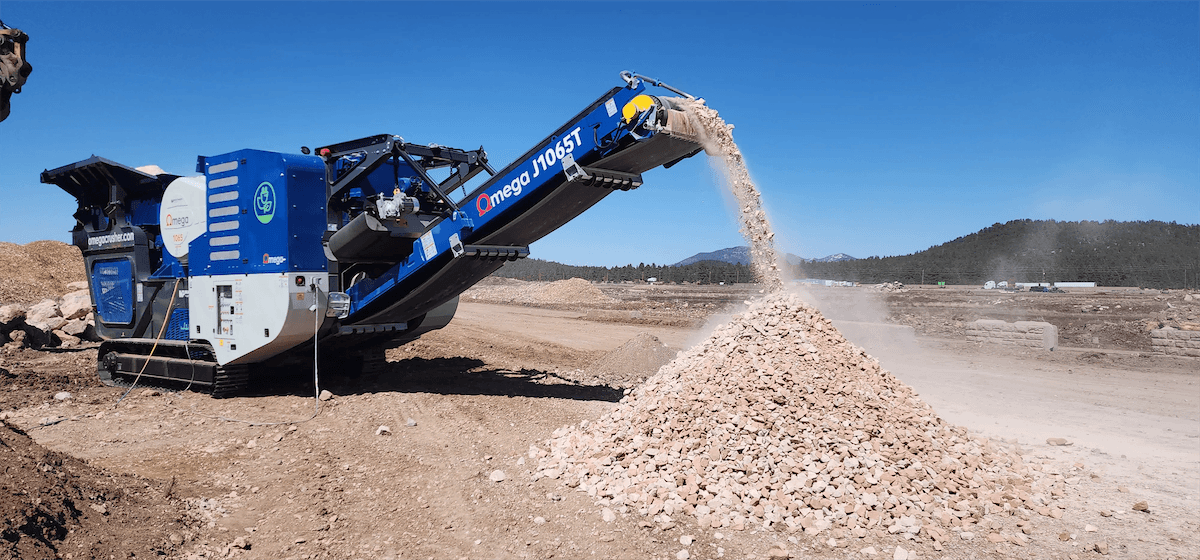
2. Material Characteristics
The hardness and abrasiveness of the material you’re working with will dictate the best material for your jaw plates. For instance, highly abrasive materials benefit from harder plates like those made from tungsten carbide, while less abrasive materials can use cost-efficient options like carbon steel.
3. Crusher Configuration and Size
Different crusher models and sizes require specific jaw plate designs to ensure a proper fit and optimized performance. Be sure to consult your crusher’s specifications before selecting a plate.
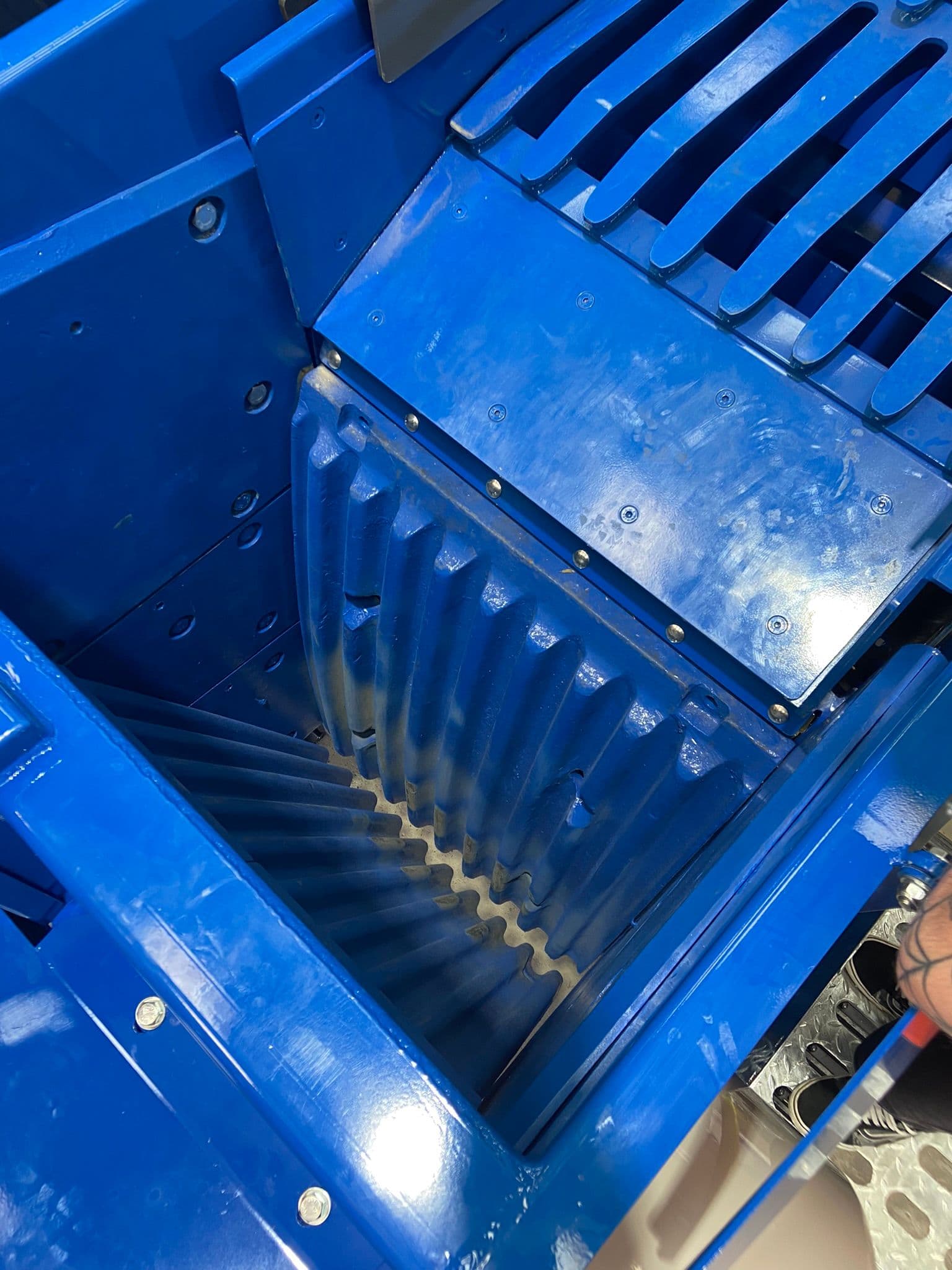
4. Desired Output
Different jaw plates produce different end product sizes. For example, if you need finer output material, secondary jaw plates like “Toblerone Jaws” with their sharp triangular design are effective.

5. Tooth Design
The best tooth design depends on your material and target results. Here are a few common options and their uses:
Corrugated Jaws
Ideal for primary crushing of hard, irregular materials like aggregate, this jaw die features a large, wavy surface. The ridges and valleys of the corrugation help grip and crush rock. While subject to heavy wear and tear, the corrugation also allows for efficient crushing by concentrating force on smaller areas.
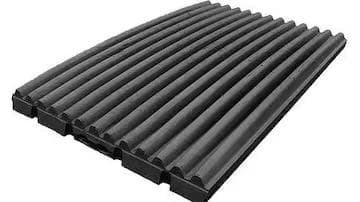
Applications of Corrugated Jaws
- Primary crushing
- Irregular rocks
- Hard aggregate
- Concrete
- Larger pieces of asphalt
Quarry Style Jaws
Quarry style jaw dies are designed for heavy-duty applications within the quarrying industry, such as processing hard rock or clean aggregate. They are built for consistent, long-term use and are known for their durability and reliability. Generally, quarry style jaw dies have a flatter appearance with varying patterns and are suitable for long-lasting performance in demanding quarry environments.
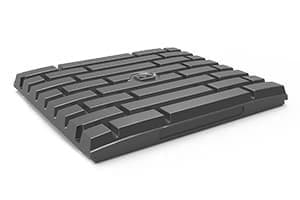
Applications of Quarry Style Jaws:
- Used in both primary and secondary crushing.
- Reliable for heavy duty quarry applications.
- Hard rock, Clean aggregate.
- Not ideal for dirty material.
Toblerone Jaws
Toblerone jaws are ideal for secondary crushing applications where the goal is to produce finer materials from already crushed rock. The name "Toblerone" is a reference to the chocolate bar, inspired by the jaw's distinct triangular shape. The design incorporates sharp triangular points and shorter valleys, with a focus on generating high-pressure points that enhance the crushing process.
Applications of Toblerone Jaws:
- Very effective for the secondary crushing stage.
- Creates finer output sizes compared to other jaw types.
- Helpful for end users that need/want fines in their end product.
- Concrete, Asphalt, softer aggregate.
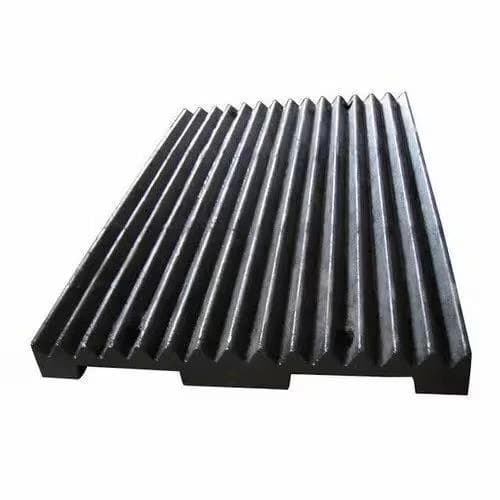
6. Production Volume
High-volume operations may require jaw plates with higher durability to avoid frequent replacements, while smaller operations might prioritize cost-efficiency.
7. Material of Jaw Plates
Here are the most common materials used for jaw plates and their applications:
- High Manganese Steel: This material is widely recognized for its exceptional wear resistance and ability to withstand high-impact applications. It is a common choice for crushing hard and abrasive materials.
- Medium Manganese Steel: As a balance between toughness and workability, medium manganese steel is often used in applications where materials like concrete and quartz need to be crushed.
- Medium-Carbon-Low-Alloy Cast Steel: This type of steel is known for its combination of hardness and flexibility. It is often used in smaller crushers where impact requirements are lower.
Specific material choices can vary based on factors like the type of crusher, the material being crushed, and desired output. Consulting with a crusher manufacturer or materials expert is always recommended for selecting the optimal jaw plate material for a particular application.
8. Maintenance Factors
Frequent turning (or flipping) of jaw plates promotes even wear and extends their life. Additionally, dust control measures, like water-based suppression systems, can reduce wear caused by fine particles.
How to Know It’s Time to Replace Jaw Plates
If your output material size becomes uneven or crusher efficiency drops, it’s likely time to replace your jaw plates. Watch for these common signs:
- Severe wear on the lower part of the plates
- Visible cracks or chipping on the jaw surface
- Material buildup that reduces crushing force
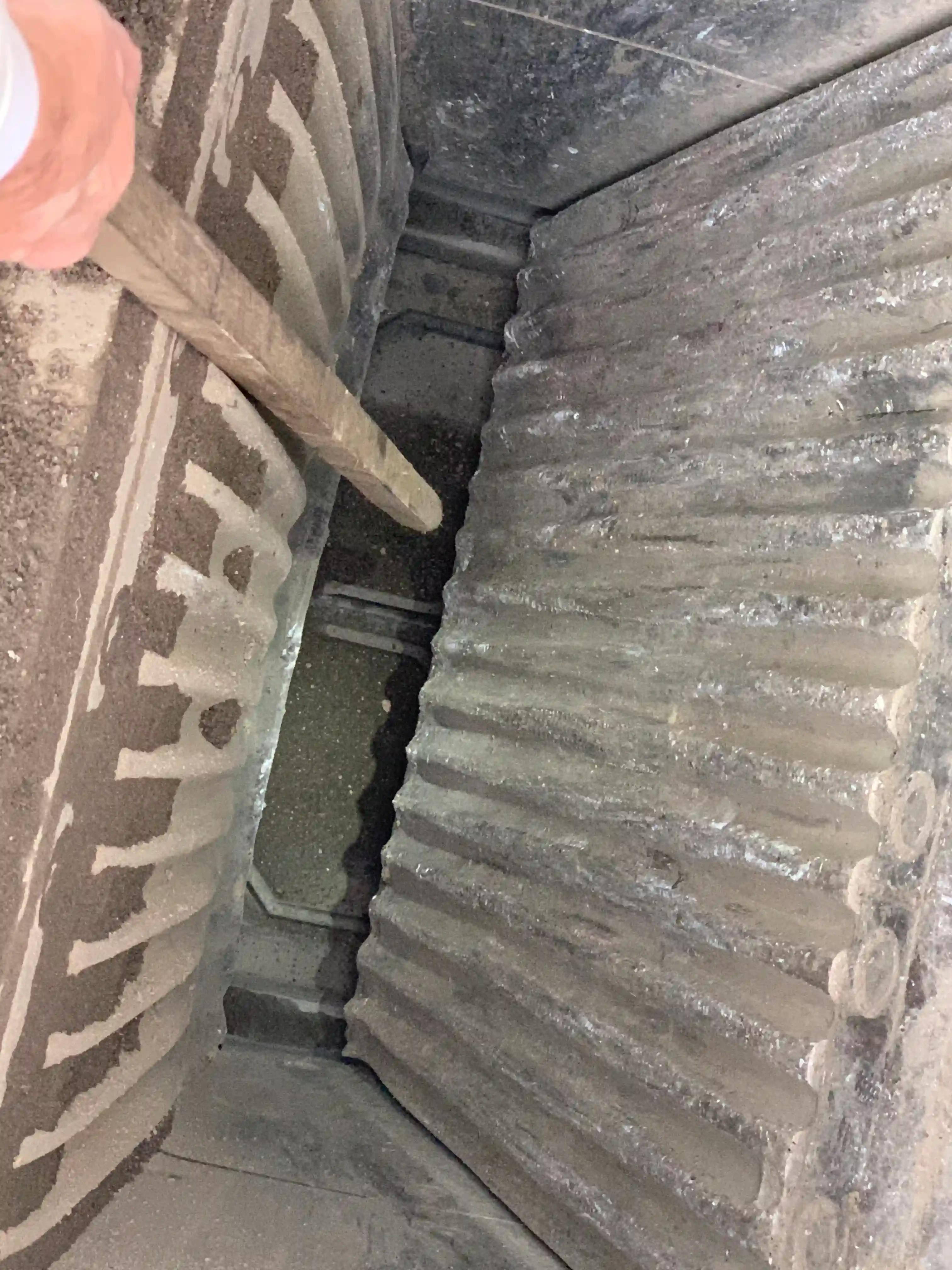
How Often Should You Change Jaw Plates?
The lifespan of jaw plates depends on the material type, crusher usage, and maintenance practices. Common replacement intervals range from several weeks to months. Regular inspections and scheduled maintenance will help ensure timely replacements. Some crushers also come with reversible jaw plates so you can crush on one side until they are worn down, then simply flip them around and crush on the other side allowing them to last much longer.
Our Recommendation for Quarry Owners & Equipment Operators
- For primary crushing of hard rocks or aggregate: Go with corrugated or quarry-style jaw plates made of high manganese steel.
- For secondary crushing with finer material output: Opt for Toblerone jaws with sharp teeth patterns.
- For soft materials or asphalt recycling: Medium manganese steel plates with self-hardening properties are highly effective.
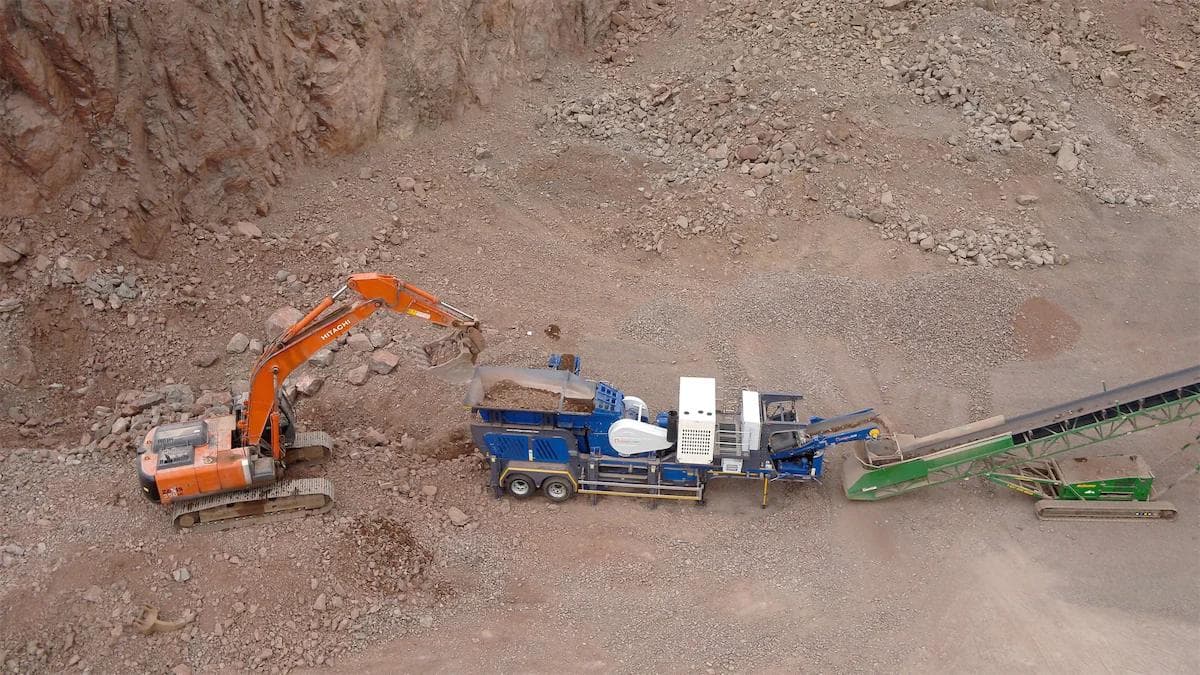
Frequently Asked Questions on Jaw Crusher Plates
Does it matter what kind of jaw plates I choose for my crusher?
Absolutely. The wrong jaw plate type can lead to inefficiency, higher wear costs, and inconsistent material output. Choosing the right plates ensures higher productivity and longer equipment life.
What are jaw plates made out of?
Jaw plates are typically made from materials like high manganese steel, medium-carbon-low-alloy cast steel, and occasionally tungsten carbide for highly abrasive applications.
How can I reduce wear and tear on jaw plates?
- Use dust suppression to reduce abrasive fines.
- Avoid oversized feed material.
- Ensure plates are flipped or rotated regularly for even wear.
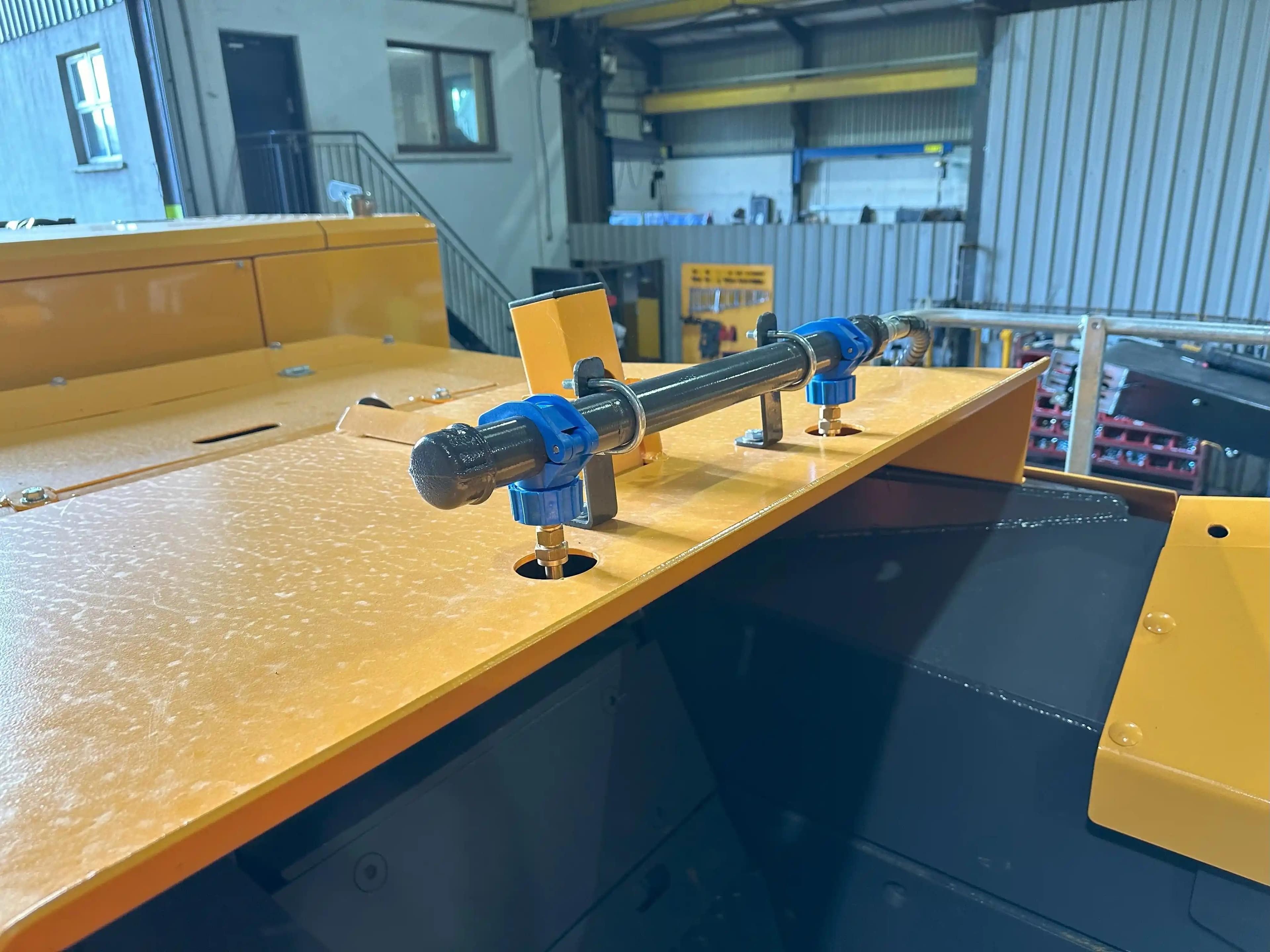
Call the Experts at Machinery Partner Today
Still not sure which jaw plates are perfect for your crusher? Whether you need help selecting the right wear parts or sourcing the ideal crushing equipment, Machinery Partner is here for you.
Give us a call 888-297-0623 to speak with one of our experts or click the link to see all our crushers. From crushers to jaw plates, we’ve got your back for a more efficient and productive operation.






